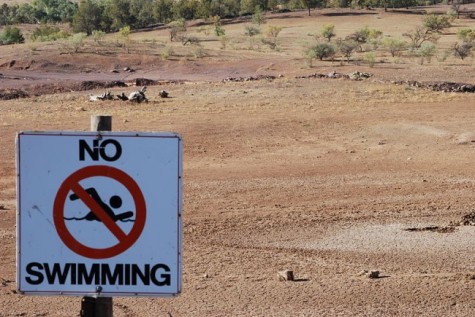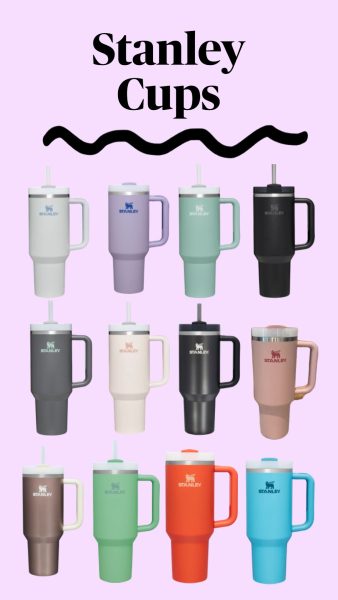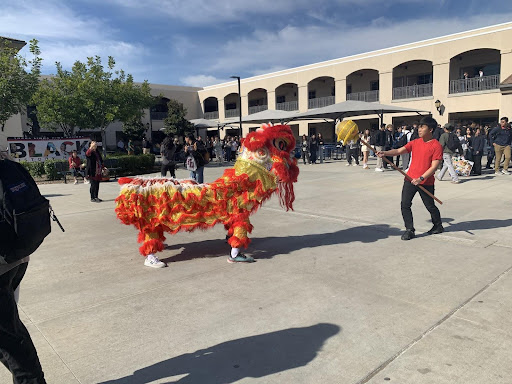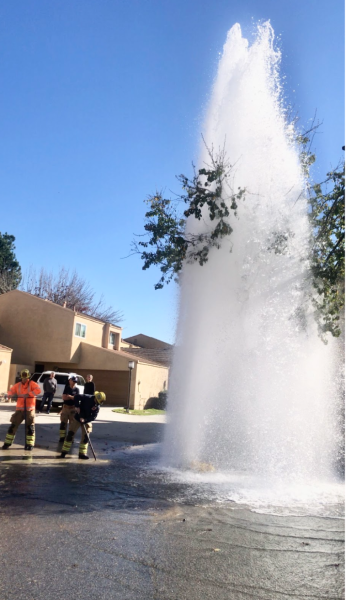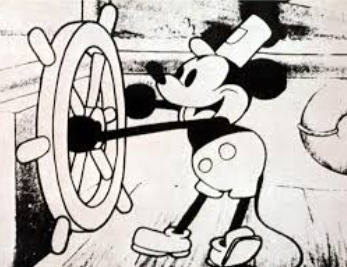Drought in CA
May 5, 2015
The California drought reached all new heights as Discover Magazine claims it to be the worst drought California has seen in over 1200 years.
California prides itself on essentially “having it all” – snowy mountains, sandy beaches, and a highly developed agricultural community. Unfortunately, all of these features are affected greatly by the decreasing amounts of available water. More and more groundwater is being drawn out of aquifers in the Central Valley in order to compensate the lack of surface water. Lakes, rivers, and reservoirs are drying up due to the drought, and California is becoming increasingly dependent on groundwater: a nonrenewable resource. Nearly 60% of California’s water now comes from aquifers, which are being pumped out quicker than they can be refilled. Each time water is withdrawn, the level at which water can be obtained lowers. Groundwater is moving deeper and deeper into the earth, making it increasingly more difficult for it to be replenished by rainfall. Water that used to be found at 500 feet deep is now 1,000 feet deep, costing roughly $300,000 per aquifer. Not only that, but pumping groundwater causes the actual ground to sink. The Earth has subsided over 2 feet in some areas due to the constant drilling for groundwater.
Thankfully, there is hope. California is long overdue for a rainstorm, and it has arrived. While the rain in Yorba Linda only lasted a couple of days, Northern California has been bombarded with it. People in Healdsberg, California actually traded in their cars for kayaks, and boated through the streets. However, this sudden influx of water is only a very small percentage of what would be necessary to end the drought. The storm brought 2-8 inches of rainfall to Northern California, and in order to end the drought, California would need about 21 inches within the next month or so.
Californians continue to conserve. There are so many small and simple things to mitigate this drastic crisis. Turn off the sink while brushing your teeth or doing the dishes, take less or shorter showers, or water the lawn on a specific schedule. Senior Easter Colvin shares that she “takes shorter showers, and we set up a drip system for watering our lawn. Instead of blasting a bunch of water, it just drips exactly how much we need.”
Coming out of this drought won’t be quick or easy, but it is definitely necessary. So, cross those fingers and turn that sink off, and help California return to being the beautiful state it is.


